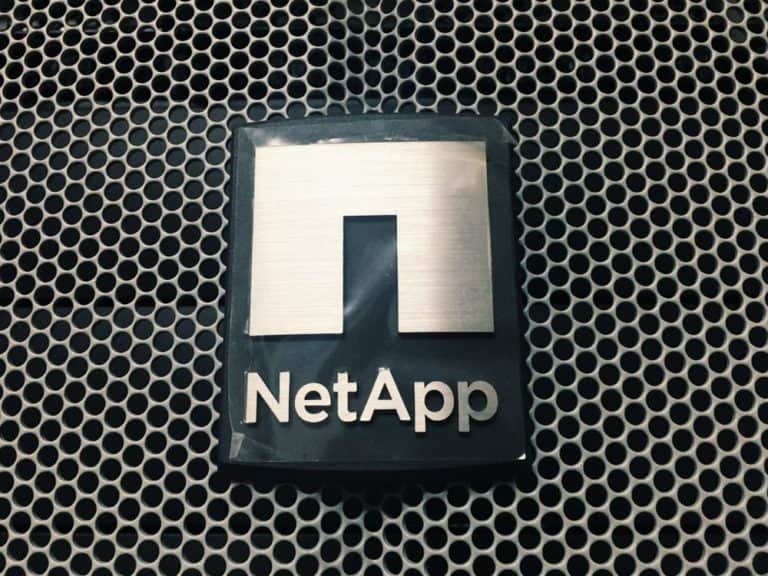NetApp has added a new hybrid multicloud platform and an as-a-Service consumption model to its portfolio. The new consumption model allows companies to buy data services on a usage basis. The new additions are in line with the company’s Data Fabric strategy, which aims to bring data management to flash, disk and cloud resources.
NetApp is rolling out a new fabric orchestrator to serve as a centralized data control plan, where companies can discover, manage and control their data-assets, writes ZDNet. Companies can use the orchestrator no matter where their data lives in a hybrid multi-cloud environment.
The new consumption model is an infrastructure that serves as a management layer that exists on top of any mix of public and private clouds and hybrid environments. Companies can choose from a range of options, ranging from a fully managed variant to as-a-Service.
In addition, NetApp announced that its cloud data services are now available on NetApp HCI. These include Kubernetes and Cloud Volumes. The Kubernetes service – resulting from the acquisition of StackPointCloud in 2018 – offers an automated Kubernetes deployment engine, application marketplace and application orchestration with NetApp HCI as a region where it can be deployed. Cloud Volumes is the persistent storage with high performance of the company, and is now being expanded to on premise. Cloud Volumes is now also widely available on AWS, Azure and Google Cloud.
Servers
NetApp also extended its Data Fabric strategy to servers in April, with version 1.3 of its Memory Accelerated Data (MAX Data) solution. This solution can be combined with Optane DC persistent memory from Intel. According to NetApp itself, it was the first storage solution to use persistent memory. The solution also uses the second generation Intel Xeon Scalable Processors, which in combination with the persistent memory allow end users to get more value from large datasets.
This news article was automatically translated from Dutch to give Techzine.eu a head start. All news articles after September 1, 2019 are written in native English and NOT translated. All our background stories are written in native English as well. For more information read our launch article.